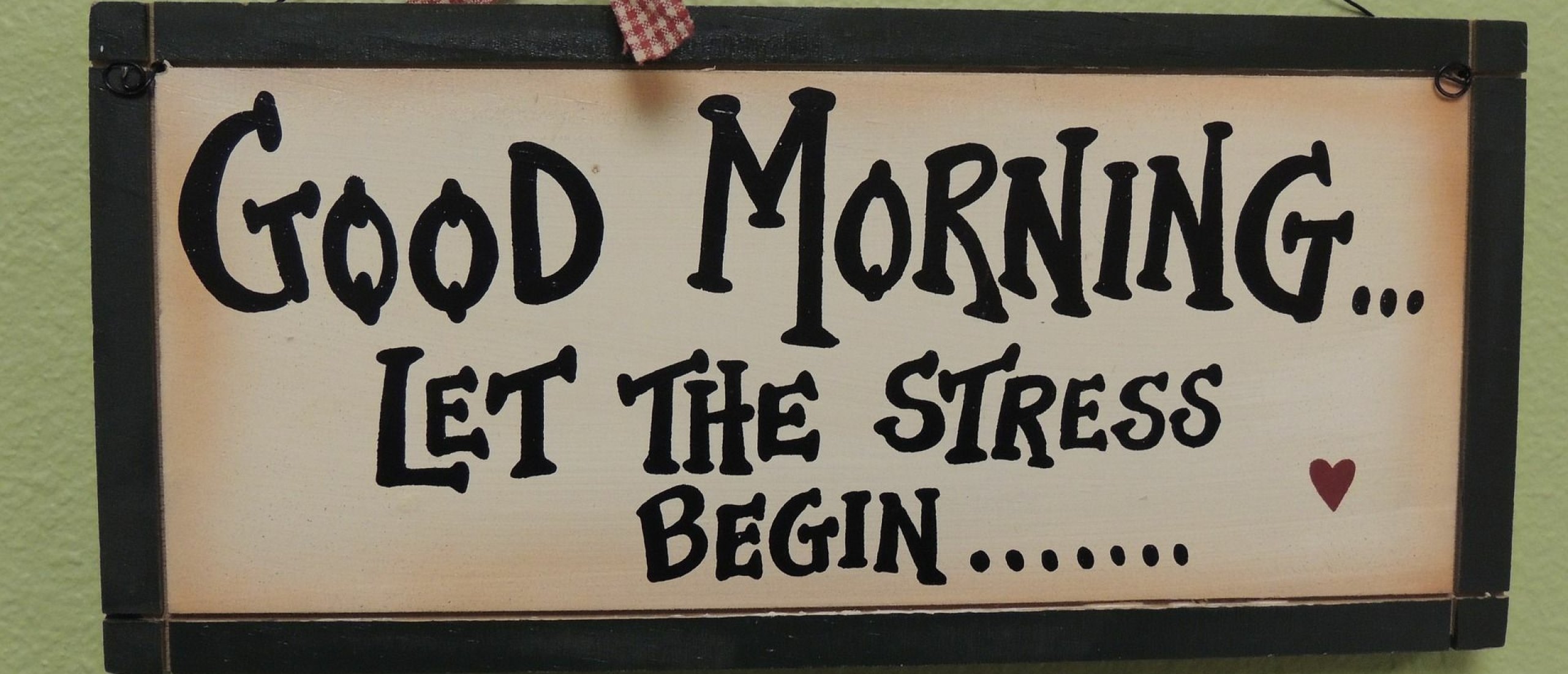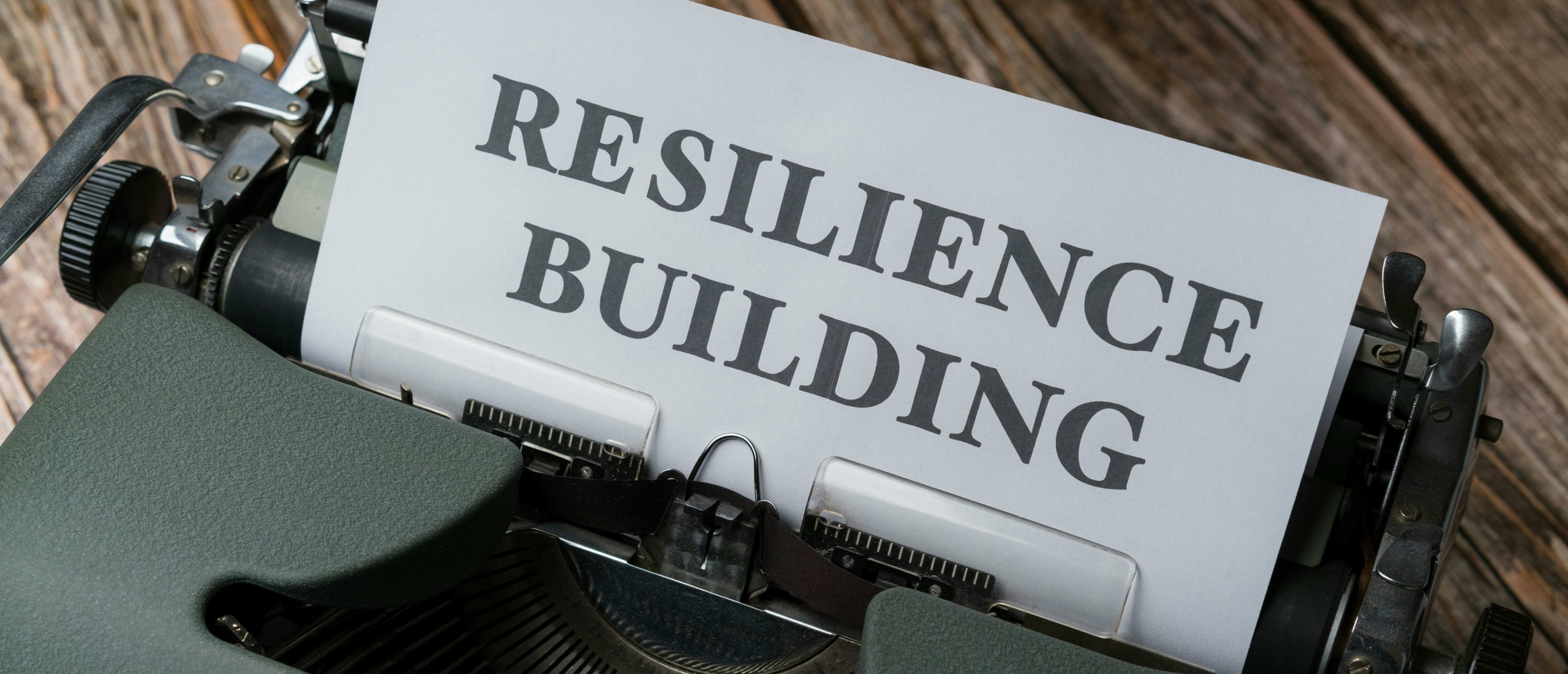
Stress has a way of creeping into every part of life — affecting how we think, how we sleep, how we work, and how we feel. When we’re overwhelmed, our natural response is often to shut down or retreat. But one of the most powerful ways to manage stress doesn’t require a therapist, a fancy app, or even a lot of time.
It’s movement.
Exercise — even in its simplest form — is a highly effective and accessible way to reduce stress.
How Moving Your Body Shifts Your Mind
When we’re stressed, our bodies produce hormones like cortisol and adrenaline, preparing us for fight-or-flight. While this reaction can be useful in a crisis, it becomes harmful when it’s constantly activated. That’s where exercise steps in.
Physical activity:
- Lowers cortisol levels, helping you unwind physiologically
- Releases endorphins, which boost mood and reduce pain perception
- Stimulates serotonin and dopamine, which are critical for emotional balance
This biochemical shift explains why even a short walk or a few stretches can feel like a mental reset. You don’t have to be training for a marathon to experience these effects — a 20-minute stroll outdoors can already make a meaningful difference.
Exercise as an Emotional Reset Button
Exercise interrupts the loop of negative thoughts not just by shifting your mindset, but also by triggering real physiological changes — like lowering cortisol and boosting endorphins — that make you feel more grounded. Movement helps calm the nervous system and restore mental clarity, especially when stress is clouding your focus.
Whether it’s dancing in your living room or walking during a work break, movement brings you back into the moment — and that’s where recovery begins.
A Buffer and a Builder: How Exercise Strengthens Resilience
Exercise doesn’t just help in the moment — acting as a buffer when stress hits. Over time, it also builds resilience: the capacity to recover more quickly and stay grounded during difficult situations. This makes movement not only a short-term relief strategy, but also a long-term investment in your mental strength.
People who move regularly often report feeling more emotionally stable, more focused, and better able to handle pressure at work or in life. That’s because their nervous systems aren’t constantly running on empty — exercise gives the body and brain a chance to reset and recharge.
Why We Don’t Do It (Even When We Know It Helps)
Ironically, during periods of high stress, exercise often becomes the first thing we skip. We tell ourselves we’re too tired, too busy, or too distracted. But what we really need in those moments is to break the cycle — to get out of our heads and into motion.
Of course, exercise won’t solve the root causes of stress — whether it’s a toxic work environment, financial pressure, or relationship difficulties. But it can give you the mental clarity and emotional energy to deal with those problems more effectively.
What If You Don’t Like “Exercise”?
You don’t need to love running or go to the gym to benefit. In fact, it’s better to start with something that feels doable and kind:
- A walk with a friend or dog
- Gentle stretching between meetings
- Cycling to work
- Dancing while cooking
The best exercise for stress relief is the one you’ll actually do — regularly, without dread.
Movement Is Medicine — Use It Often
If stress is draining your energy and hijacking your focus, start with movement. Not as punishment or obligation, but as self-respect. It’s your way of saying: I’m not helpless. I can shift this.
You don’t have to do it perfectly.
You just have to start.
Want more tools for building real resilience — especially at work?
Explore our StressInsight Program or try our free checklist:
“Trapped in Overwhelm? Try These 5 Micro-Actions to Regain Control.” You can find it on the homepage.











